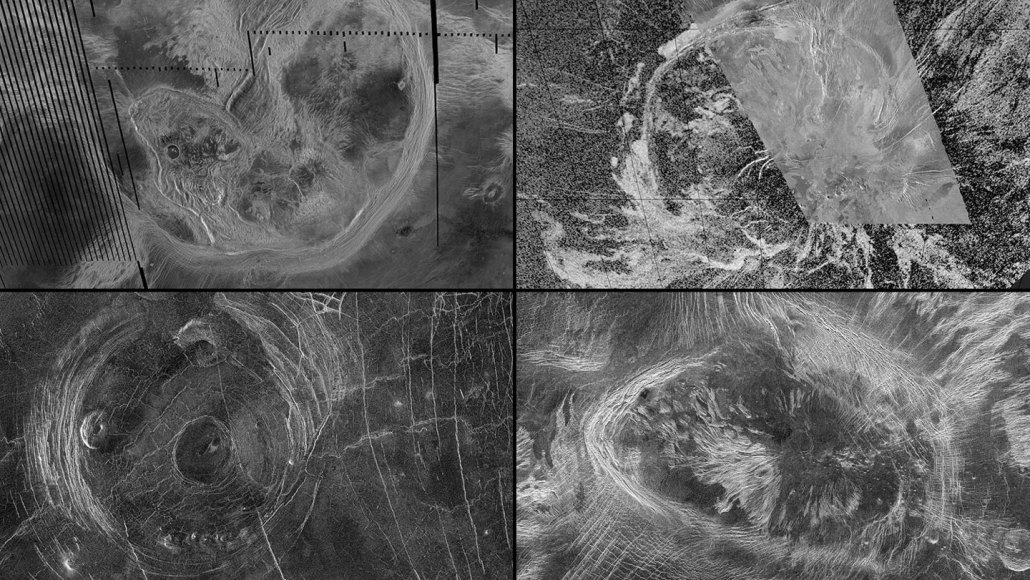
Planets
The surface of Venus is morphing
Circular landforms speckling Venus' surface may be the work of tectonics — similar to the forces that reshape Earth’s surface.
By Nikk Ogasa
Come explore with us!

Circular landforms speckling Venus' surface may be the work of tectonics — similar to the forces that reshape Earth’s surface.

Seismic rumblings picked up by NASA’s InSight lander hint at molten rock moving deep below the planet’s fractured surface.

This magnitude 5 quake is offering scientists a peek at what’s going on beneath the Martian surface.

Geologists are making the case for a new continent, that they would dub Zealandia. It can be found largely submerged beneath the southwestern Pacific Ocean.

Scientists find different ways of exploring places humans will never visit — and drawing maps to help us better understand such mysterious places.

Millions of years ago, nearly all life on Earth vanished. Scientists are now starting to figure out what happened.

Plate tectonics is the process whereby Earth continually rebuilds itself — and causes destructive events like earthquakes and volcanic eruptions.

New analyses of insects and mammals trapped in the La Brea Tar Pits point to climate surprises during the last ice age.

We are the dominant force of change on Earth. Some experts propose naming our current time period the ‘Anthropocene’ to reflect our impact.

Partly melted rock acts like grease to help huge masses of the planet’s surface slip up, around and down.